In the initial stages of the pandemic, DHL had to adapt and find different ways to keep its supply chain running overnight. Fortunately, emerging technologies helped them to be more effective at what they’re doing.
In our latest be in conversation episode, find out why Pang Mei Yee, Global Practice Lead for Supply Chain and Analytics Practice, Head of APAC at DHL Consulting is excited about 5G and wants to work with partners like the telcos to experiment and discover use cases of new emerging technologies.
Geok Chwee: So Mei Yee, maybe you want to share with our audience a bit more about DHL. Of course, we all know DHL – it is a very well-known brand, but maybe a broader view of what DHL business is about and your role.
Mei Yee: Most of us know DHL from our courier who comes to our homes with their yellow and red uniforms, carrying your parcels to home. These days, it’s becoming very important for every one of us with lockdowns and everything. Myself included, I’ve been buying a lot online and getting my things to be delivered to my home. What some of us may not know is, DHL has actually a much broader service portfolio and we call it the end-to-end supply chain. Anything from demand planning to advisory, which is where I am right now, heading the Asia office but also globally responsible to help our customers really understand how they can bring their supply chain to the next level of competency and transformation, all the way to air and ocean freight forwarding shipments to last-mile domestic postal organizations, we handle almost every single logistical service to our customers you can actually imagine.
Geok Chwee: in the last 12-18 months, the world has spinned into a new normal. So how has that impacted the way you run your business and the way that you serve your customers?
Mei Yee: Very much so, the last 12 months has been at the beginning a big mad rush into reacting to the various situations across the markets. First, obviously, we saw China being heavily impacted and locked down, and as China being the world’s manufacturing hub, a lot of customers are really coming to us to ask for help getting information, finding different ways to keep their supply chain running in the midst of this initial stage of a pandemic. Nobody at that time really appreciated the scale of the impact but very soon, we saw week on week, different markets locking down. In Asia, one of the largest impacted country is India, where overnight, nothing could move. Our people couldn’t even come to the office and workplace to conduct our business. But I must say, our customers, teams and frontliners really were extremely robust and passionate about bringing our services and we are essential services to our customers. Overnight, we found ways to work around the constraints. Overnight, our customer service teams found ways to bring equipment back home and work from home, and continued to answer our customer’s call for help, and answering questions. Overnight, our operations found ways to work with government and customers to understand the daily changes in regulatory requirements, and really fulfilled the safety distancing protocols, the cleanliness protocols, and really abide by the rules in different markets that has been put on our teams.
Geok Chwee: In enabling the new way of work, I’m sure technology plays a key part. In your view, what are the key technologies that has enabled the new way of work. And going forward, how would such emerging technologies like 5G, AR, VR, IoT—all these buzz names, that will become a core part of how you will envisage the future of work for DHL?
Mei Yee: I’ve started the Innovation Centre as you know, and drove the agenda for DHL in Asia Pacific for five years before I came to the consulting and advisory role. In a way, the innovation journey had been accelerated very much last year because of these constraints. These required us to put on our thinking hat, a creative mind, to really deploy these technologies in places where, in the past, we would have thought a bit longer and would have been a lot more skeptical. Take for example, we’ve converted some of the AGVs or autonomous moving robots to help sanitize our facilities, to keep it clean and safe for our employees. Our team are now deploying even more broadly, wearables. For example, to allow us to be more hands-free where possible, we are applying automation so we can augment our resources, who some of them will be stuck at home due to the lockdown and really help to supplement the resourcing issues, that we have been facing in some markets.
Geok Chwee: So in this whole journey, how do you see the whole telcos as a key partner of yours in deploying all these?
Mei Yee: It’s interesting that you mentioned that telco and logistics, and if you think way back, DHL also has a postal service in Germany. Quite a number of years back, they were actually operating under the same ministry in many markets. To every parcel, to every document we deliver, there is a parallel and similar flow of information required from party to party, all the way to the end receiver. A third leg actually, is also the financial institution, the flow of money really run in tandem with a logistics flow, so we need information exchanges in critical points of the supply chain, with customs, for example, without information to really verify the goods that has arrived, the documentation that is required, and all of these things are driven by the infrastructure that telco providers help enable, our customers will not be able to get their products in time without the ability of telcos enabling IoT device information flow, for example, our customers will not be able to know if their products are being delivered in the right quality. These days with vaccines, we talk about the -70 degrees, the 228, the -20 degree temperature loggers—then critical to ensure that the products are travelling through the supply chain physically in good condition. We are assured through this information flow enabled by the telcos to then allow us to more safely use these products.
Geok Chwee: So if you look ahead with 5G being rolled out, are there new possibilities or opportunities that you think in the supply chain world that can be unlocked?
Mei Yee: There must be. It’s up to us to discover what these opportunities are. That’s where the role of the Innovation Centre really comes into play. DHL invested in now, three Innovation Centres and we are committed to now set up one new one in the Middle East. It will launch in Dubai and this time round, it’s meant to be a travelling Innovation Centre to go across the region as well. These Innovation Centres are set up exactly for that purpose—to work with partners like the telcos to experiment and discover use cases of new emerging technologies. We are very excited about 5G, we need to understand it better. We need to appreciate how our customers are using them in their smart manufacturing, how it’s enabling technologies like drones and others to be much more effective at what they are doing so that we from the logistics side can also deploy them as a user, or even to the next extent, understand how it can be working for us, in a digital twin world. I think all of these needs to be understood better and I’m excited that Bridge Alliance is working actively on this partnering with companies like ours and the industry to figure out how 5G can be deployed in our business as well.



